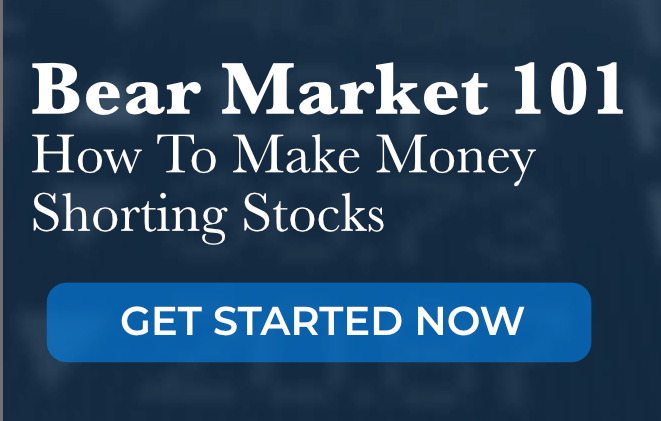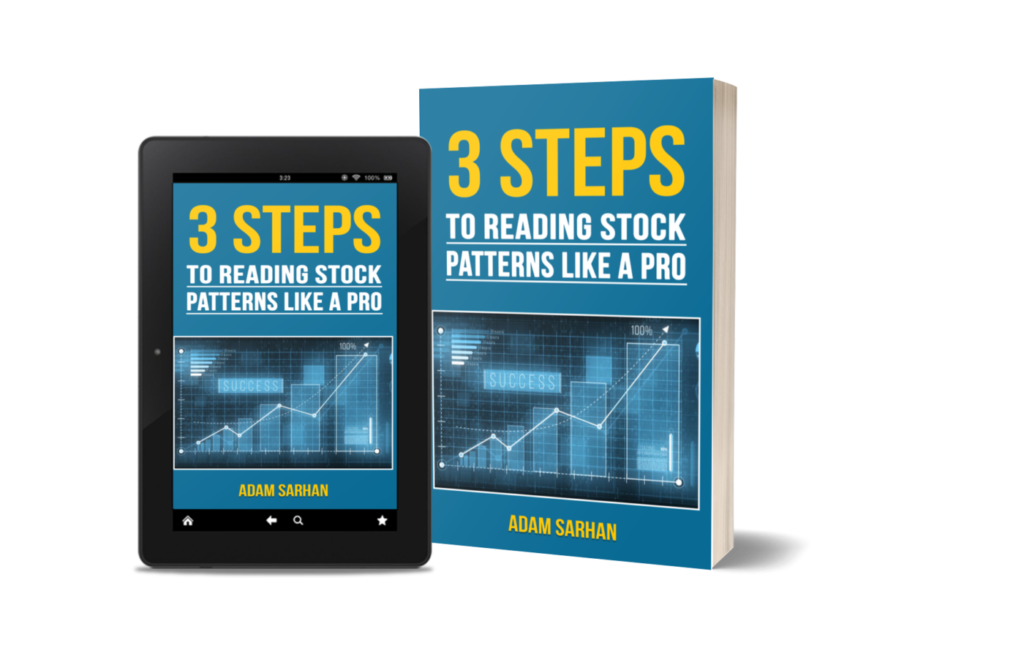Stock Order Types: Market Order, Limit Order, and More
Stock trading is a game of chance, but knowledge of the rules can make the difference between winning and losing. Like in chess or poker, understanding strategy matters. By understanding the various rules and restrictions you can place on a stock transaction, you will minimize risk and maximize profits. This article explains the various stock order types so that you can always make smart trades.
Differences Between Market Orders and Limit Orders
There are several notable differences between market orders and limit orders that you should know. But first, let’s define these two common order types.
What are Market Orders?
When the priority is execution speed over making sure your order hits your desired price, there’s only one option. Place a market order.
A market order is a type of stock order that gets filled at the current available price of a stock. Day traders place market orders when they want to buy shares quickly, without any conditions.
That can mean that buyers will pay more than they anticipated. Sellers could get an unexpected bargain. But it means you’re not guaranteed to make a profit or sell the stock for your target price. In other words, it guarantees speed and immediacy, but not price.
What are Limit Orders?
You place a limit order whenever you want to buy or sell a stock at a set price. Usually, the prices you want to buy or sell at differ from the current market price. Limit orders make it simple to sell and buy shares automatically at a specific price.
For example, if you think XYZ Company’s stock doesn’t deserve its current $100 valuation, but you believe it will increase in value and hope to buy it for less than $100, you can place a ‘limit order’ for $95. If the price drops to $95, your broker will “fill” or complete your order.
Market Orders vs. Limit Orders
A market order is a type of stock order which fills at the current available price of a stock. By comparison, a limit order is an order to buy or sell shares at a specified price.
Types of Limit Orders
There are several distinct types of limit orders in stock trading. Knowing which kind of limit order is best for your trading strategy is especially important. To understand this better, let’s discuss the four types of limit orders that you can use to set restrictions on stock trades.
Understanding the Buy Limit
A buy limit order allows you to specify the maximum price you are willing to pay for a security. When someone places a buy limit order, it will only execute when the stock price hits a specific value. When traders buy shares, they use the buy limit to purchase shares at a lower price with a condition. The condition tells brokers that they should not execute this order if the price is higher than a specific amount.
Learning the Sell Limit
As a trader, when you’re looking to sell some of your stocks there are a few different ways to do it. You could, for example, sell your shares immediately at the present market rate.
Or you could enter a sell limit order. With a sell limit order, you set a limit on the minimum price that you are willing to accept for your shares. By doing so, your broker will only sell your securities at or above your asking price.
Should You Use Buy Stops?
Buy stops help day traders buys shares at or above a specified price (the stop price). This price is always set above the current market price.
It’s excellent to set a buy stop when you short a stock. A buy stops helps you get out of short trades by acting as stop loss for short positions if prices increase. When a share reaches your buy stop price, buy stops work just like market orders, placing your order under no other conditions.
What are Sell Stops?
If you’re going to succeed in the stock market when you take long positions, you need to use sell stops. They are the opposite of buy stops and are one of the most effective tactics that will help you minimize your losses. Sell stops allow you to get out of long trades by acting as stop loss if the stock price decreases.
Costs of Market and Limit Orders
One of the most important and perhaps most complex aspects of trading is the cost of orders. If you’re a systematic trend follower or day trader, it’s important to understand market and limit orders, plus know the price of each one. With that in mind, how much does it cost to place different stock order types? Let’s discuss the facts.
How much does it cost to place a market order?
The general estimated cost for placing a market order in most stock exchanges ranges from a few dollars to more than ten dollars. And in almost all cases, market orders are cheaper than limit orders.
Are limit orders more expensive?
Limit orders are a powerful tool in stock trading. Many brokers offer them for a small fee over the price of performing a market order. Therefore, you can expect to pay anywhere from a couple dollars, to upward of fifteen dollars, depending on your broker.
Are there Additional Stock Order Types?
Have you ever entered a stock order to buy or sell shares of stock and thought, “There has to be an easier way to do this?” You’re not alone. There are many distinct types of stock orders that you can use to complete a transaction. Below is a breakdown of some additional stock order types and how to use them.
What’s a Stop-Loss Order?
A stop-loss order is an order that automatically sells a security at a specified trigger price if the market price of that security falls below your trigger price. For example, if the stop-loss on a $10 stock is $9.50 and the stock loses 1% (falling to $9.35), then a broker will execute your trade at $9.50.
Immediate or Cancel Orders
Immediate or Cancel Orders (IOC) means that all market orders with this designation must be executed at their given price or canceled immediately.
All or None Orders
All or None Orders are a type of order used to ensure that all the shares of a stock are filled at a specified price or cancel the order if the broker cannot fill it. All or None (AON) orders require brokers to complete the order in its entirety. Thus, this type of order is popular among traders of penny stocks.
Take Profit Orders
As a stock market investor, you must learn about take profit orders eventually – one of the more powerful investing weapons available to traders. The idea behind a take profit order is to set a price in advance above which you want to lock in some profits on your stock. And once your shares reach that price, the take profit order executes, your trading position closes, and you profit.
Now You Understand Different Stock Day Trading Order Types
Stock trading can be a fun and straightforward way to invest, not only in your future but in the success of businesses that change your everyday life. Just as you would when stepping into any brick-and-mortar store looking for a great buy, you want to make sure the price is right. That’s why knowing all about orders to buy and sell stocks is essential.
Are you ready to learn even more about the stock market? If so, don’t miss our newsletter! It’s the place to discover helpful content that strengthens your trading fundamentals. Learn more.
“Knowledge is power. The stock market is nothing if not opportunity but in order to navigate its waters you must arm yourself with information. Sign up for Alpha Alerts and get four premium stock picks every month. Take the guess work out of investing and allow us to do the heavy lifting. We are so confident in our service we will let you try it FREE for 30 days! Sign up now.”
Additional Resources
The Basics of Trading a Stock: Know Your Orders
Types of Orders | Investor.gov





